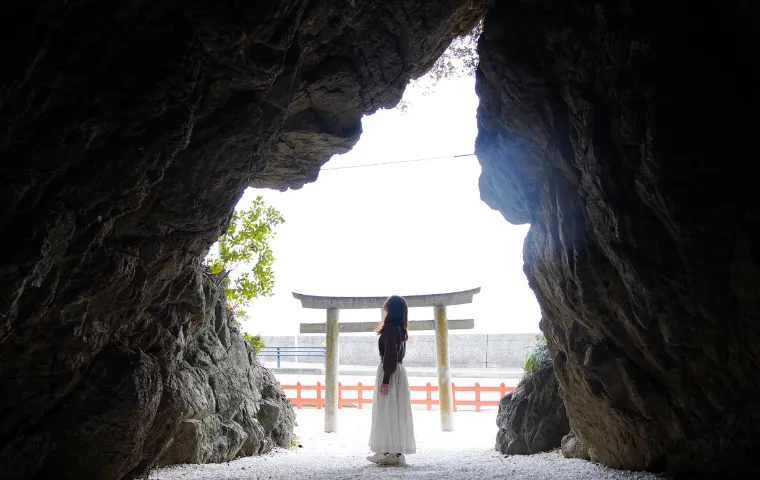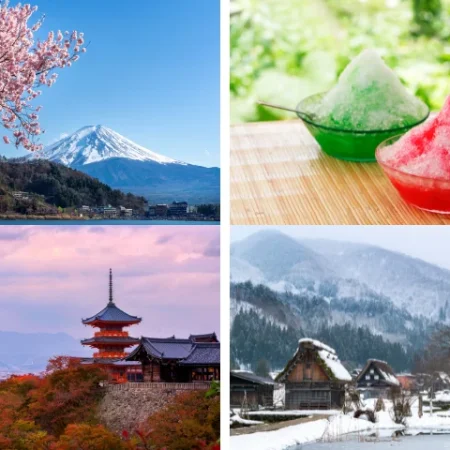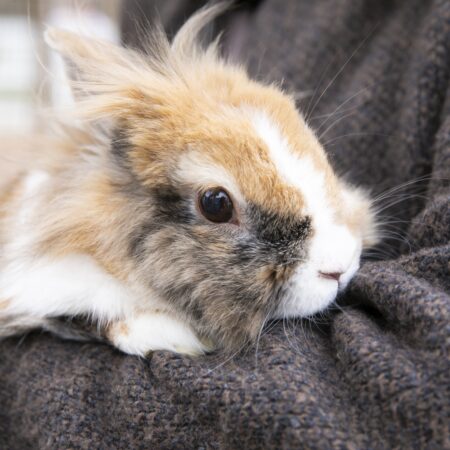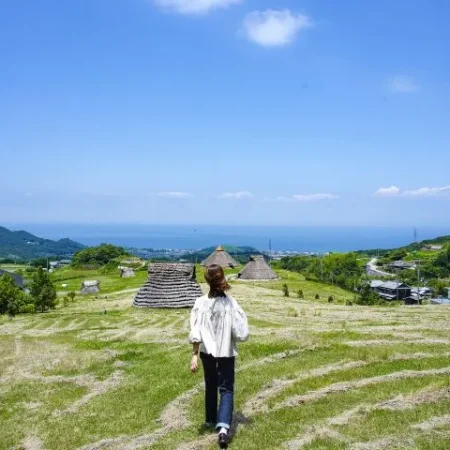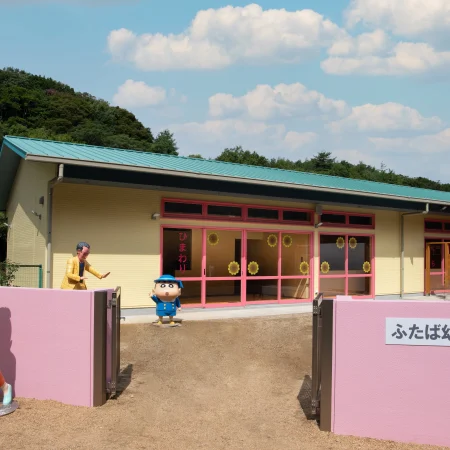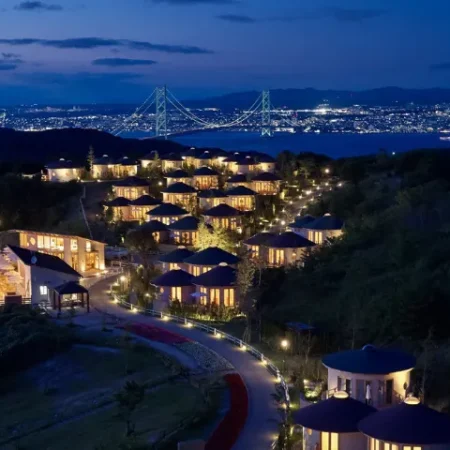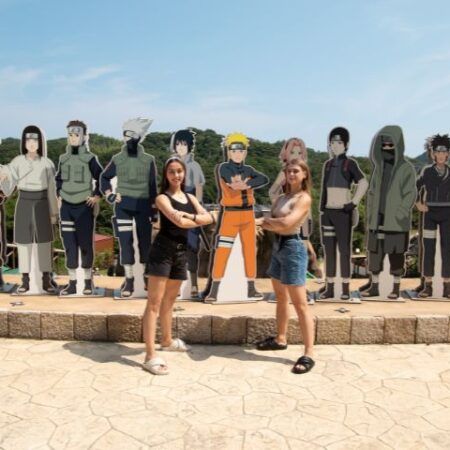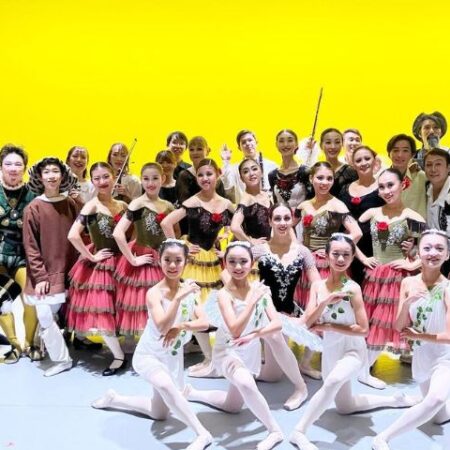Whether you have visited this site many times or are visiting for the first time, you may have noticed that “Awaji Island” appears frequently. Awaji Island is a Japanese island that holds a special place in the hearts of locals and tourists alike. But what makes Awaji Island so special? On this page, we will explain all the charms of Awaji Island.
Table of Contents
Where is Awaji Island?

Awaji Island, situated in the Seto Inland Sea, is part of the Kansai region and lies between the larger islands of Honshu and Shikoku. Accessible via bridges from the cities of Kobe and Naruto, it’s best reached by car. Buses also operate both to and from the island. From the Kobe area, the journey takes approximately 45 minutes by car, while it’s about an hour and a half from Osaka. Despite common misconceptions about accessibility, getting to Awaji Island is not as complicated as many believe.
Awaji Island stretches out like a gourd, boasting an approximate area of 592 km² according to data from the Geographical Survey Institute. To put that into perspective, it’s roughly equivalent in size to the 23 wards of Tokyo. It has a population of around 130,000 residents.
Always Calm Weather
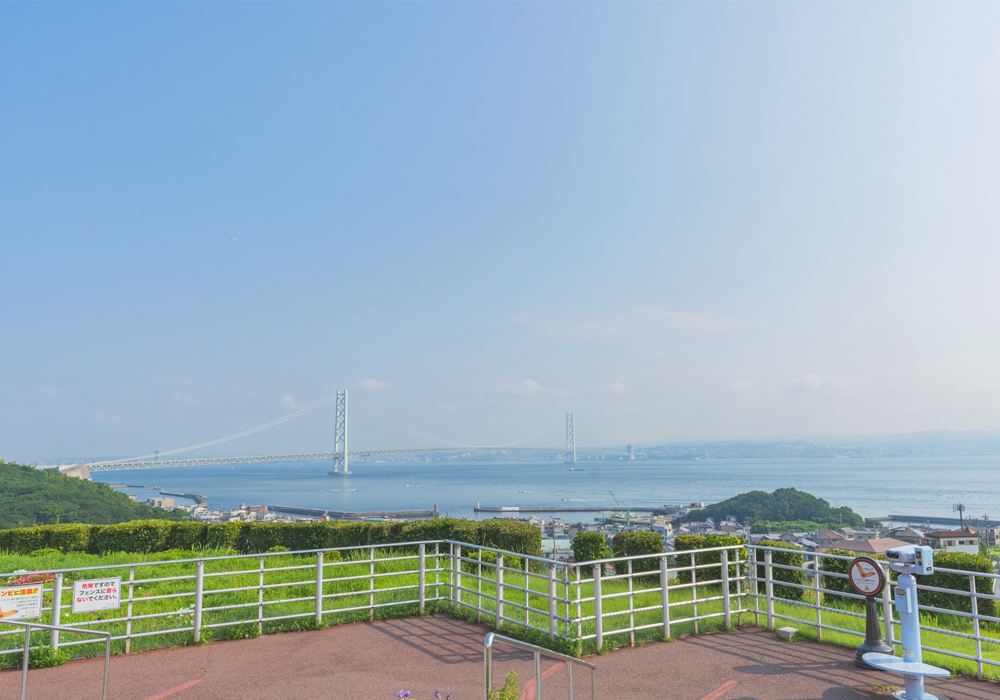
Awaji Island enjoys a mild climate thanks to its location in the Seto Inland Sea, with winters free from extreme cold. The island has an average annual temperature of around 15 degrees Celsius. While the island’s west side experiences brisk winds from the Harimanada Sea, resulting in high waves, the east side remains tranquil all year-round, shielded by the island’s hilly spine.
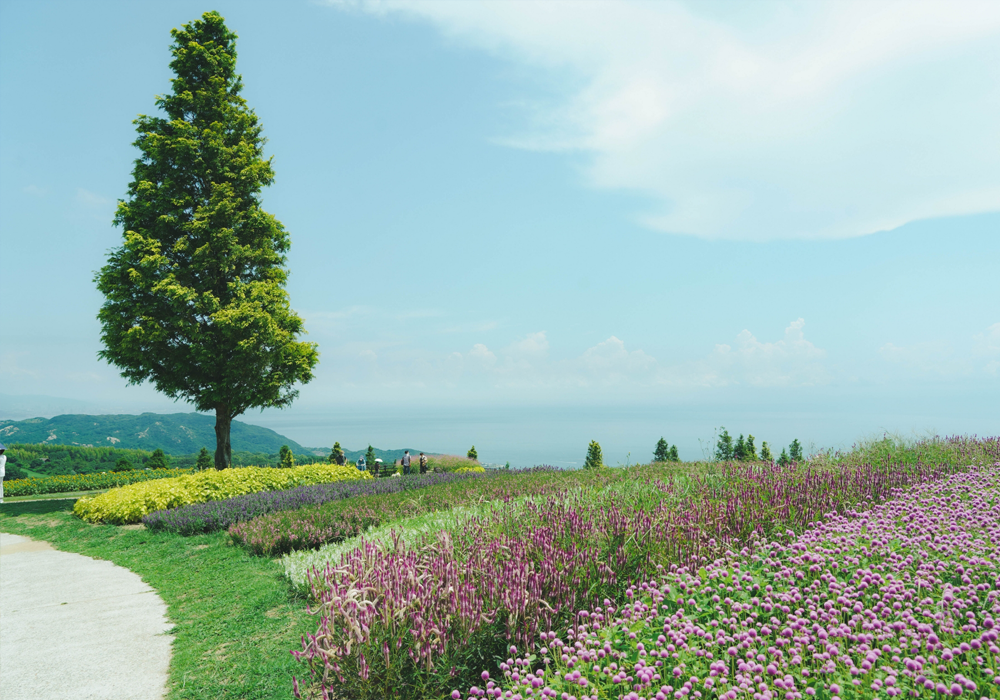
This favorable climate nurtures a rich environment and yields a bounty of fresh foods. This includes the renowned “Awaji Island onions”, flavorful “Awaji Island sea bream”, and the rare “Awaji beef”. The ideal weather on Awaji Island sets the stage for many activities, whether you’re exploring with friends, family, or going solo.
The Birthplace of Japan

Awaji Island is deeply related to Japan’s cultural and historical narrative. The Kojiki, revered as the ‘Record of Ancient Matters’ and Japan’s oldest historical text, recounts the mythic tale of kuniumi, or the birth of the country. It begins with the divine beings Izanagi and Izanami, who, standing upon the celestial bridge of heaven, stirred the primordial chaos with a sacred spear. From the droplets that fell, Onokoro Island emerged, serving as the cornerstone of Japan’s foundation.
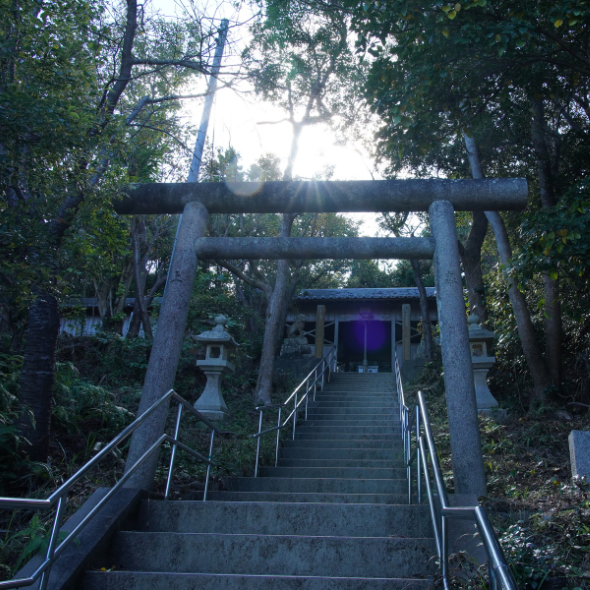
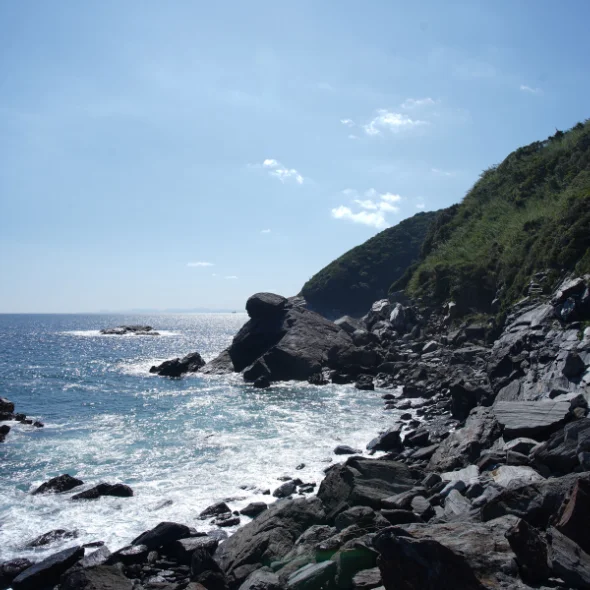
Upon reaching the island, the divine couple united in sacred matrimony and conducted a ceremony, heralding the birth of Japan. Awaji Island stood as the first creation born from this ceremony, symbolizing the heritage of Japan. Awaji Island has various sites and remnants linked to this legendary tale. Izanagi Shrine stands out as a prominent example, revered as one of the oldest and most significant shrines in Japan.
The Naruto Whirlpools, located at the southern end of Awaji Island along the Naruto Straits, evoke images of the mythical swirls depicted in the ancient tales. These natural phenomena occur when the sea’s stirring currents converge, creating whirlpools that continue to captivate visitors to this day.
The Land of Food (Miketsukuni)

Awaji Island, also known as the “Land of Food”, has a rich history of supplying food to the imperial court. With a self-sufficiency rate of 100% in food production, the island has a strong agricultural legacy. Its thriving fishing industry further contributes to its bounty, providing an abundance of fresh seafood. Consequently, Awaji Island attracts numerous visitors eager to try its exquisite dining experiences.
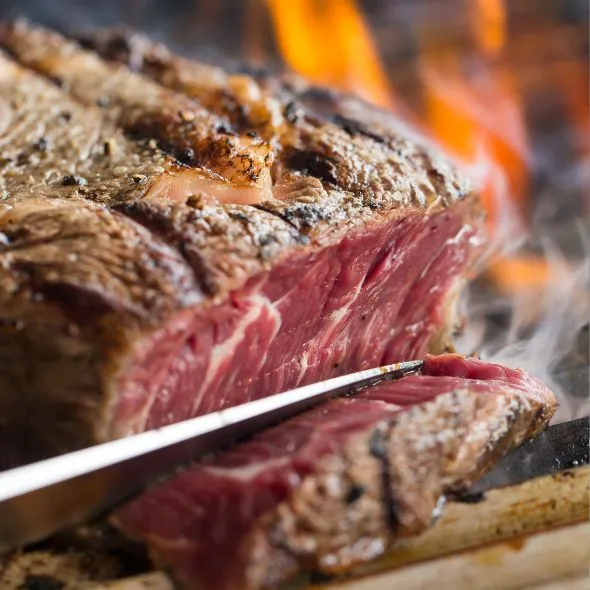
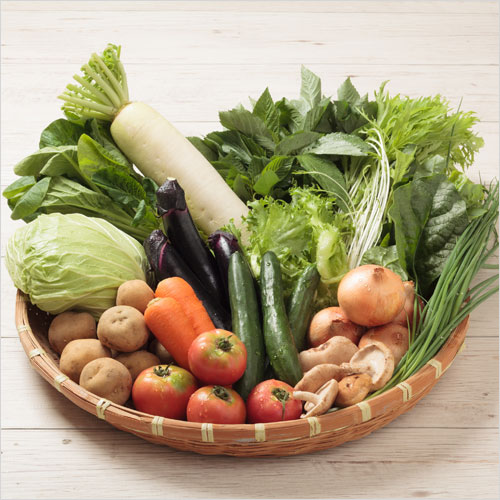
Awaji Island offers some of Japan’s finest delicacies, including its onions, known for their sweetness compared to other varieties. The island’s unique geographical location also yields top-quality sea bream and Pike Conger. Additionally, Awaji Beef, prized for its rarity and tenderness, adds to the island’s culinary reputation.
Fusion of Tradition and Fashion
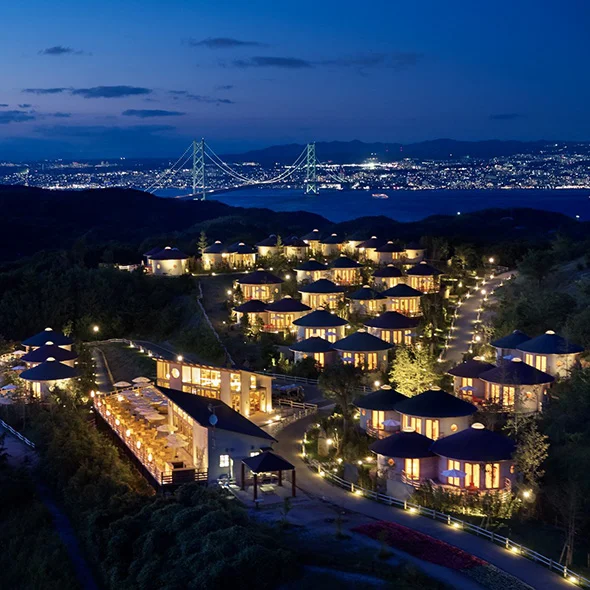
Awaji Island is not just steeped in tradition, it’s also rapidly evolving through regional revitalization initiatives, particularly in its northern region. Harnessing the island’s ocean views and landscapes, a host of hotels, restaurants, and theme parks have emerged in recent years.
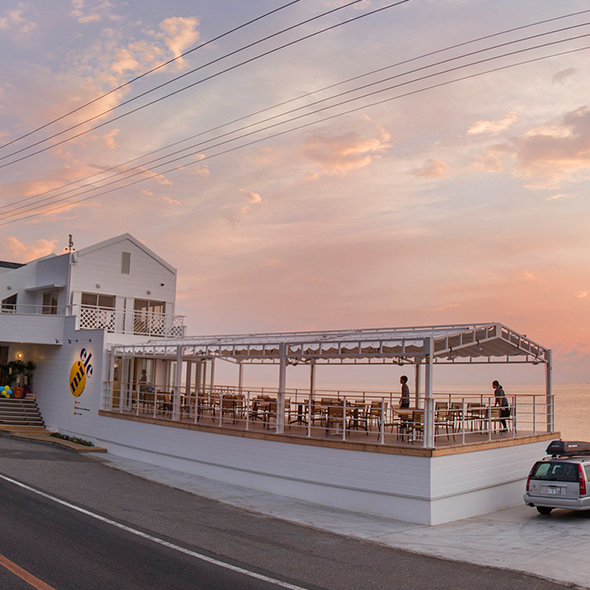
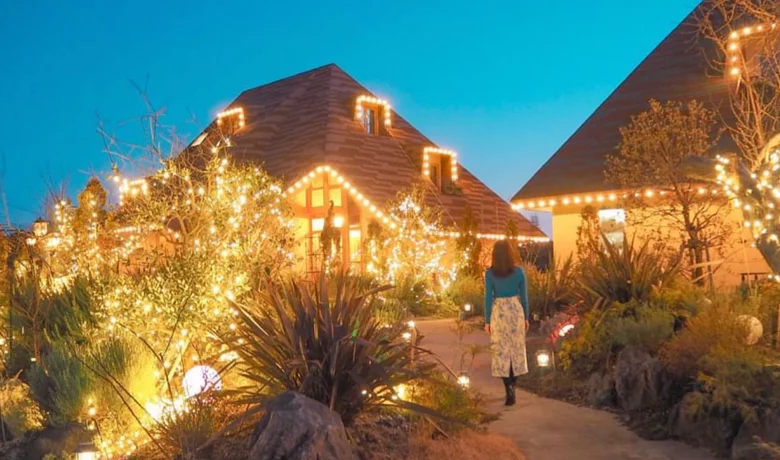
From anime attractions to Hello Kitty-themed experiences and innovative culinary offerings, Awaji Island caters to the tastes of the younger generation. There are few tourist destinations in Japan that balance tradition and fashion as well as Awaji Island.



